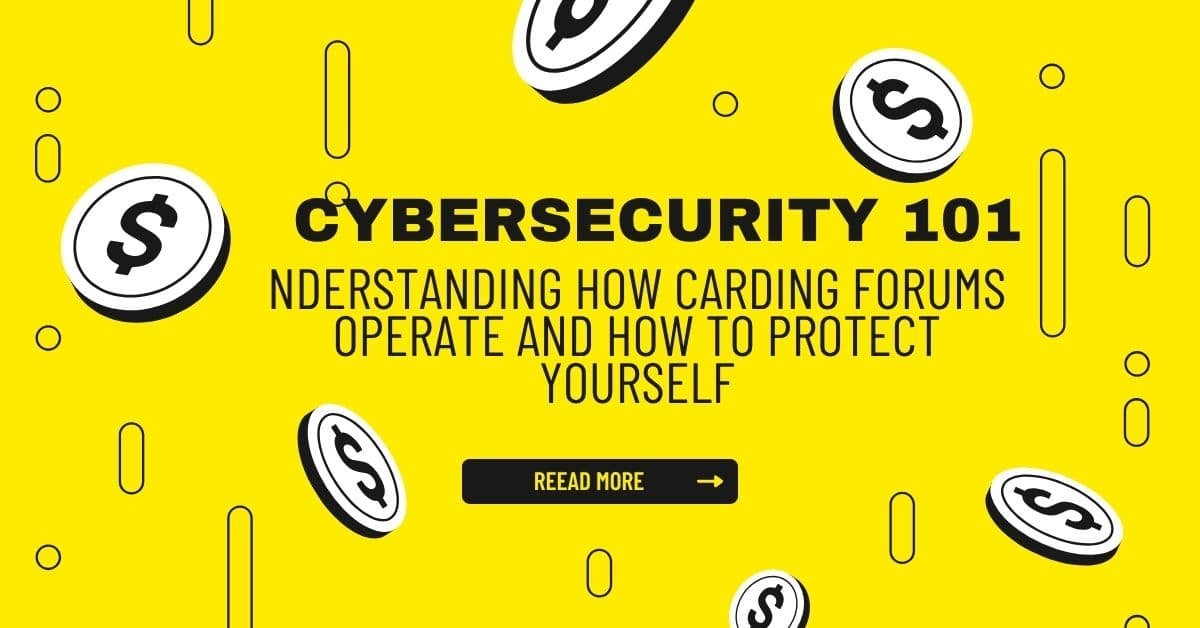
In the shadowy world of cybercrime, the term “Non VBV Bins” frequently appears in underground forums and carding communities. It refers to a loophole exploited by fraudsters for committing unauthorised online transactions using stolen credit card information. Although unfamiliar to the average internet user, Non VBV Bins are central to many digital fraud schemes, making it essential to understand what they are, how they work, and why they pose such a risk.
What Are Non VBV Bins?
To understand Non VBV Bins, it helps to break the term down:
- VBV stands for Verified by Visa, a security feature provided by Visa that adds an additional layer of protection for online transactions. It often requires the cardholder to enter a password or a one-time code during checkout.
- BIN stands for Bank Identification Number, the first 6 digits of a credit or debit card that identify the issuing bank and card type.
Non VBV Bins refer to credit card BINs (or full card details) that are not protected by the Verified by Visa system or other 3D Secure protocols like Mastercard SecureCode. This lack of an extra security step makes these cards easier targets for unauthorized use, especially in online environments where physical verification is impossible.
Why Are Non VBV Bins So Popular?
Cybercriminals value Non VBV Bins because they allow them to bypass the additional authentication steps that typically protect online transactions. These bins:
- Lack Extra Verification: No OTP (One-Time Password) or 3D Secure code is required during checkout.
- Have Higher Success Rates: They work on websites that do not strictly verify the cardholder’s identity.
- Are Ideal for Digital Purchases: Fraudsters often use them to buy digital goods like gift cards, game credits, or streaming subscriptions, which can be resold anonymously.
In underground forums, these bins are sold or traded, often with lists of “cardable” websites that accept them without strict security checks.
How Are Non VBV Bins Used?
Once fraudsters obtain stolen credit card data—often from data breaches, phishing attacks, or the dark web—they test the card using online platforms. If the card’s BIN is Non VBV, it can be used on sites that don’t require two-factor authentication. Carders may:
- Make online purchases for physical or digital goods.
- Create fake accounts or services.
- Launder money through refund scams or resale of goods.
Some even automate the process using scripts and bots to test hundreds of cards in a short time.
Risks and Legal Consequences
While fraudsters may use Non VBV Bins to avoid detection, their actions are illegal and heavily prosecuted by international law enforcement agencies. Using or selling such information is a serious cybercrime that can lead to arrest, fines, and long-term imprisonment.
Businesses are also at risk. Sites targeted with Non VBV transactions may suffer chargebacks, financial loss, and damaged reputations. Many e-commerce platforms now implement advanced fraud detection and machine-learning systems to identify and block suspicious transactions in real-time.
Final Thoughts
Non VBV Bins are a key part of the cybercriminal toolkit, enabling unauthorized purchases by exploiting weaknesses in online payment systems. While their use is illegal and dangerous, their existence highlights the ongoing need for stronger security protocols and public awareness. Businesses and consumers must work together—staying vigilant, securing personal data, and adopting modern fraud prevention tools—to combat the growing threat of online credit card fraud.